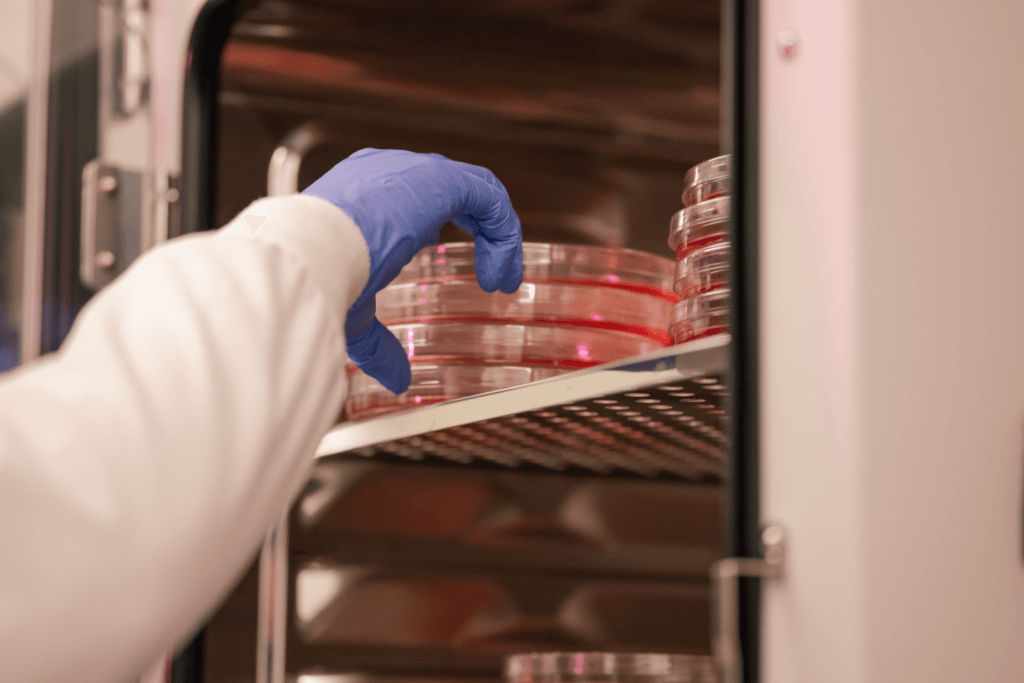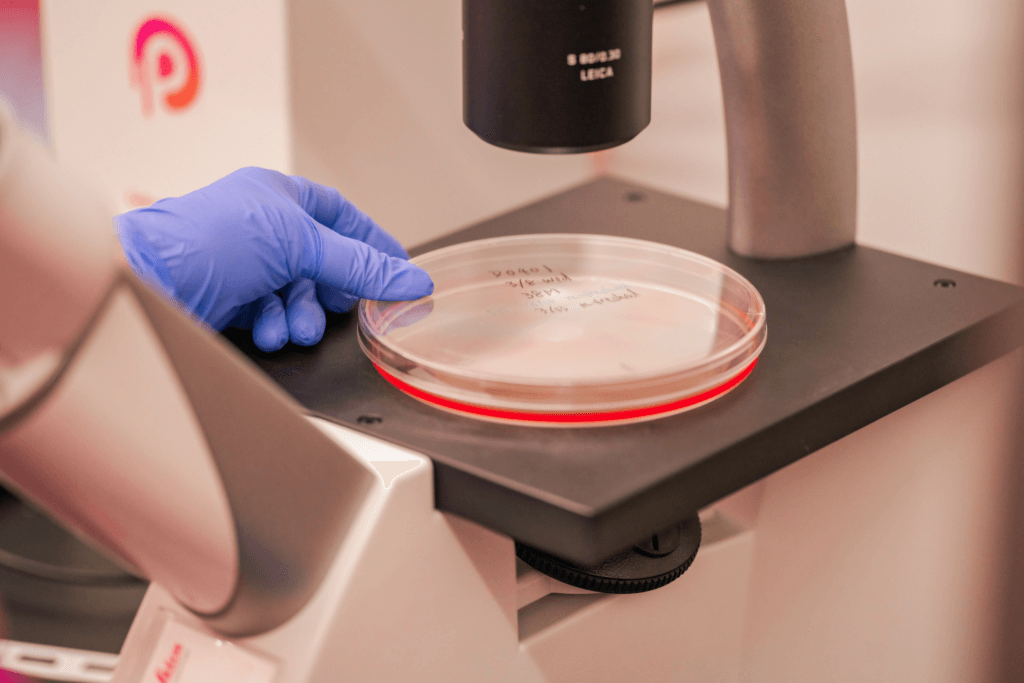John Montgomery: I like to start these conversations with a fairly loaded question. What does innovation mean to you?
Roy Maute: I would say for us, Pheast, we have a macro version and a micro version. The micro version is every day in the lab, or, as we put together our strategic plans for the company, challenges arise. We want to be a company and a team that always thinks creatively about those challenges. We always want to second-guess assumptions and make sure that we’re not just following a default path due to a lack of thinking.
On the macro level, we want to be a place that values both execution and ideas. We want that to be reflected in everything we do. As a company, we have a distinct scientific focus, which is not the same as other companies out there. As the trends in the industry change, we want to ensure that when we’re focused on a scientific problem or approach, we’re doing so from a first-principles basis and not just chasing what others are doing.
Tiffany van Londen: Innovation, to me, is about challenging the status quo and finding better ways to solve problems. It’s about being proactive rather than reactive and always looking for opportunities to improve. My lens is more from the overall corporate framework. Trying to be nimble, trying to really focus on the employee experience and ensure that the scientists have what they need to promote innovation. So, clearing the pathways for them to do their best work.
RM: I’d like to give a very proactive plug to everything that Tiffany does for the company in terms of making sure all the infrastructure is in place, that people don’t get distracted by small things that are not core to our mission of innovation. And second, by creating a cultural and a physical environment that is conducive to that kind of collaboration and innovation.
JM: So awesome. The first time we came to your offices and labs, we were blown away be how young, diverse and collaborative you guys all were. And a real deep thoughtfulness and playfulness across the team. That open culture really can accelerate innovation. When it comes an innovation culture, what are your thoughts on the role that brand plays?
RM: I remember you mentioned there is an epidemic of sameness within our industry. To me, that is a really funny feature of a lot of these companies because they are typically built with science at their core, which I believe is an inherently innovative process or requires at least some innovation at steps. And yet, the way that many companies will frame their work internally and to external audiences doesn’t reflect that at all. I think it is aimed in a way that has a certain perspective on how the company should be looking to outsiders, particularly to patients and to physicians – which is an important consideration.
As I think about the ways we’ve worked with GoodLab, first to gather our ideas and articulate what we are and what we want to be, and then thought about a way to express that to the outside world, visually and through text, I think that has brought us to a place where we are still respectful of those outside audiences but also emphasize our own culture of innovation. And as we move toward a clinical program, we’ll want to increasingly meet them where they are with specific information or visuals that appeal to them. But in the meantime, I think we’ve developed a brand identity and a visual language that properly expresses the spirit of the company. It’s serious, but it’s also interesting, fun, and welcoming, too.


